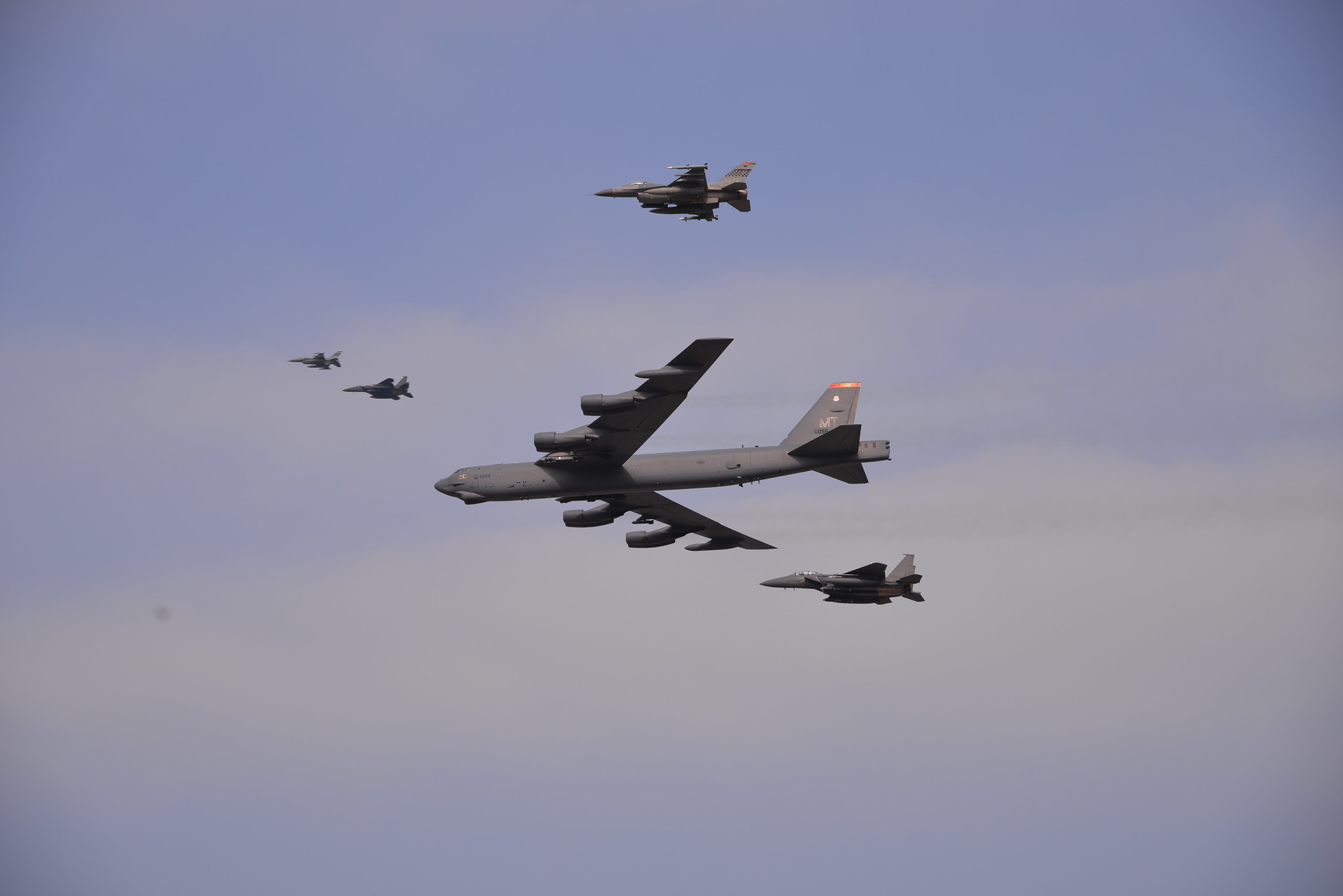(NU-NEA) Implications of the Ukraine War for ROK Security
In this Policy Brief, Cheon Myeongguk explores the possible implications of the Ukraine conflict on the ROK attitudes regarding nuclear weapons. He shows parallels between the geopolitical situations of Ukraine and the ROK, and suggests that Ukraine’s situation has underscored the need for the ROK to maintain strong military alliances and further develop its own conventional weapons capabilities. The lessons learned from the Ukraine conflict by the DPRK are also expected to further reduce the prospects for meaningful progress on talks of DPRK denuclearization, with establishment of a nuclear arms control regime on the Korean peninsula becoming one of the few remaining options for reducing the DPRK nuclear threat. Although neither the attitudes of the ROK public nor the position of the ROK’s executive branch of government, with regard to re-deployment of US tactical nuclear weapons in the ROK or the ROK’s own acquisition of nuclear weapons, have changed as a result of the Ukraine conflict, events including a 7th nuclear weapons test by the DPRK or a withdrawal of the US nuclear umbrella from the ROK could markedly shift those positions.
He concludes that the “ROK’s indigenous nuclear option would be a last resort as a deterrence measure against DPRK’s nuclear threat. This option would only be considered by the ROK if Donald Trump were reelected as President of the United States and decided to withdraw US forces from the Korean Peninsula and eventually withdraw the US nuclear umbrella protecting the ROK from DPRK aggression.”
This essay is a contribution to the “Reducing the Risk of Nuclear Weapons Use in Northeast Asia” (NU-NEA) project, a collaboration between the Research Center for Nuclear Weapons Abolition, Nagasaki University, Nautilus Institute, and the Asia Pacific Leadership Network for Nuclear non-proliferation and Disarmament, is to reduce and minimize the risk that nuclear weapons will be used in the region by developing better understandings of the processes that could lead to the first use of nuclear weapons and the potential outcomes of such nuclear weapons use. In the first year of this three-year project, the NU-NEA project team identified over 25 plausible nuclear weapons “use cases” that could start in Northeast Asia, sometimes leading to broader conflict beyond the region. These nuclear use cases are described in the report Possible Nuclear Use Cases in Northeast Asia: Implications for Reducing Nuclear Risk. [1] The project has commissioned five contributions to update the cases in light of the Ukraine conflict, of which this essay is the fifth. This report is published simultaneously by the Nautilus Institute here and by RECNA-Nagasaki University here.
About the Author
Cheon Myeongguk is a visiting researcher at the Korea Institute for Defense Analyses (KIDA) working on DPRK weapons of mass destruction threats such as nuclear, chemical, and biological weapons and ballistic missiles. Deterrence, protection, counter measures, consequence management, and arms control are also included in his research scopes.
Disclaimer: The opinions articulated above represent the views of the author(s) and do not necessarily reflect the position of the Asia Pacific Leadership Network or any of its members. The APLN’s website is a source of authoritative research and analysis and serves as a platform for debate and discussion among our senior network members, experts and practitioners, as well as the next generation of policymakers, analysts and advocates. Comments and responses can be emailed to apln@apln.network.
Image: A Republic of Korea-US extended deterrence joint exercise held on 10 January 2016. U.S. Air Force/Staff Sgt. Benjamin Sutton.

